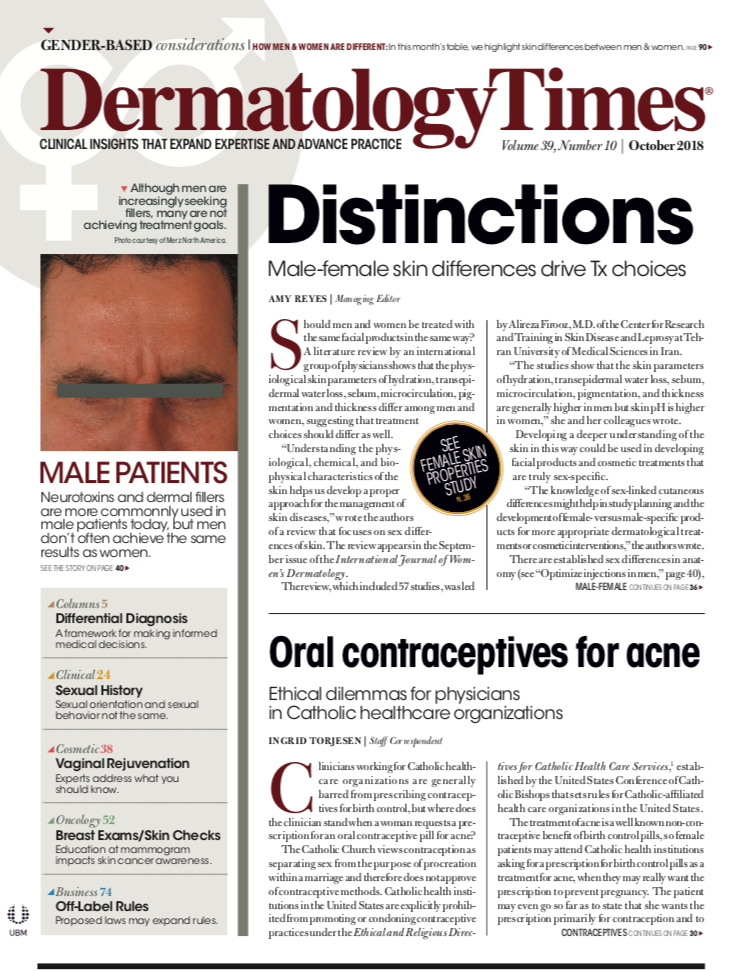- Revenue Cycle Management
- COVID-19
- Reimbursement
- Diabetes Awareness Month
- Risk Management
- Patient Retention
- Staffing
- Medical Economics® 100th Anniversary
- Coding and documentation
- Business of Endocrinology
- Telehealth
- Physicians Financial News
- Cybersecurity
- Cardiovascular Clinical Consult
- Locum Tenens, brought to you by LocumLife®
- Weight Management
- Business of Women's Health
- Practice Efficiency
- Finance and Wealth
- EHRs
- Remote Patient Monitoring
- Sponsored Webinars
- Medical Technology
- Billing and collections
- Acute Pain Management
- Exclusive Content
- Value-based Care
- Business of Pediatrics
- Concierge Medicine 2.0 by Castle Connolly Private Health Partners
- Practice Growth
- Concierge Medicine
- Business of Cardiology
- Implementing the Topcon Ocular Telehealth Platform
- Malpractice
- Influenza
- Sexual Health
- Chronic Conditions
- Technology
- Legal and Policy
- Money
- Opinion
- Vaccines
- Practice Management
- Patient Relations
- Careers
Ready or not, quality-based reimbursement is here. Have you calculated the financial impact?
Healthcare providers show strong interest in population health management but often struggle to assess the financial impact of the change from fee-for-service to the value-based reimbursement models that accompany it.
Healthcare providers show strong interest in population health management but often struggle to assess the financial impact of the change from fee-for-service (FFS) to the value-based reimbursement (VBR) models that accompany it. The assumption that quality models could have negative financial impact on the enterprise is holding many back, even if they are committed to a quality-focused practice. The catalyst required to inspire widespread adoption is a realization that emerging payment models are fundamentally tied to quality.
This shift from volume to value is accelerating, whether provider organizations are ready or not. As is often the case, uncertainties about the future is delaying preparations, including planning for necessary changes to operations, workflow, and compensation design. Now that quality measures have been explicitly defined by payers and purchasers, the data points required to forecast income from managing to quality targets are readily available. And the impact quality improvement has on operating margins can be estimated with precision.
“For years I have searched and not found financial modeling tools to help healthcare providers evaluate the financial viability of the terms of at-risk contracts and understand the financial impact of the dual reimbursement models,” writes Cynthia Burghard, research director, Value-based Healthcare IT Transformation Strategies at IDC Health Insights. “Enli Health Intelligence has developed a methodology and modeling tool based on actual customer experience for that purpose … By calculating the revenue potential for closing gaps in care and the revenue from meeting quality metrics in upside risk contracts, healthcare organizations have a ‘de-facto budget’ that can be used to negotiate budget for and support at-risk contract investments in both technology and people.”
The pioneers of value-based healthcare delivery are gauging economic return under new reimbursement models by conducting two financial assessments. In the first, activities required but not billable in a risk contract are identified. The sum of reimbursement dollars that would have been due under a fee-for-service arrangement represents the total lost revenue.
The off-setting revenue gained by closing process and treatment gaps is then calculated. If the enterprise operates revenue centers such as labs, imaging, and endoscopy, those will be favorably impacted by activities related to quality improvement. The process of closing care gaps to achieve quality targets drives incremental fee-for-service revenue in these high-margin, often under-utilized areas.
Finally, the attainment of quality targets is typically a prerequisite for the incentive components present in most agreements. Assumptions are made about the enterprise’s ability to achieve these targets and the incentive components are added to the total.
The second assessment calls for a calculation of the incremental cost of attaining targets prescribed within the health system portfolio of risk-based contracts and defined by the spectrum of clinical quality measures (CQMs). The organization may need to add staff to fill gaps in expertise to address specific risks and conditions. It will certainly spend more time monitoring patient health and deploying health management programs and interventions across the population. These new workflows require that individuals work together in teams, coordinating care, using an intelligent care plan that brings clinical and financial insights to every member of the team, and decision-support to the point of care.
As our world shifts from relative to absolute value, quantified by CQMs, the early adopters of VBR are focusing on improving quality metrics and optimizing visit volume and time spent in the encounter room. This means the patients that providers see face-to-face must be those who need high-touch care when it has the greatest health and financial impact. This requires information technology that will continuously monitor and stratify patient cohorts according to risk, assign them to an evidence-based care plan, and support the communications and coordinated care essential to achieving better outcomes. Now that healthcare quality has been quantified in a standardized way for reimbursement, it is possible to measure and even predict return on investment in a value-based world. It is an exciting future, if one is ready for it.
Joseph Siemienczuk, MD, is the chief medical officer for Enli Health Intelligence.
Siemienczuk leads Enli’s effort to translate the latest evidence-based guidelines into codified clinical algorithms used by the Enli platform to enable providers to practice at the height of their licensure and reduce unwarranted variation in care delivery. Previously, he served as CEO of Providence Medical Group where he oversaw the operational and financial accountability of the integrated healthcare delivery system, which spans over 700 physicians, 80 clinics, and eight hospitals. During his tenure at Providence, he received the President's award for Excellence in recognition of best-in-nation outcomes in disease management using CareManager, the population health management software application offered by Enli.
Contact Siemienczuk at j.siemienczuk@enli.net

